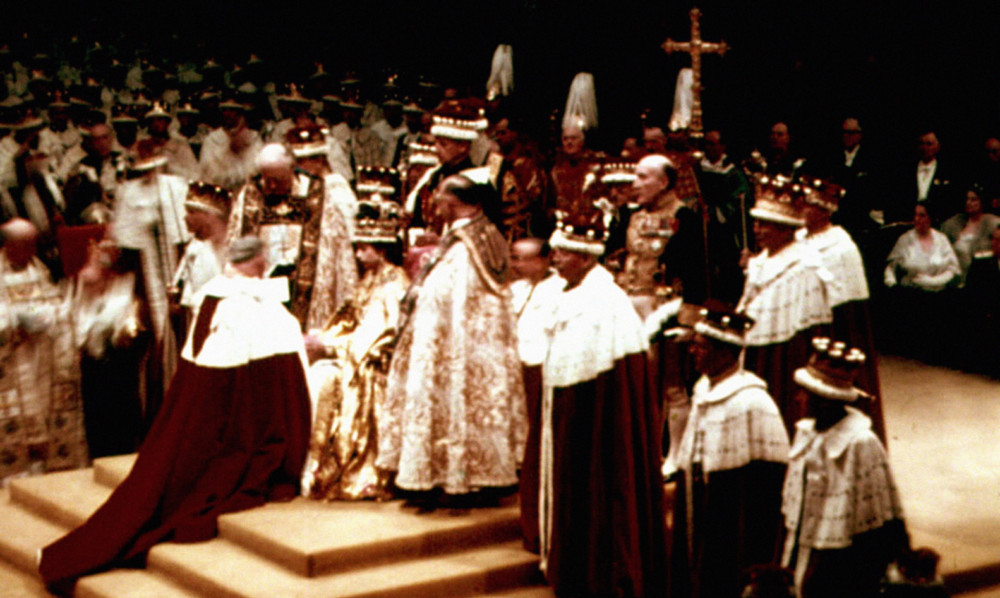Scotland should have its own separate coronation if it becomes independent, a Church of Scotland report proposes.
A Scottish coronation would symbolise the head of state’s role as queen or king of Scots, according to the three councils of the kirk which prepared the paper.
The last monarch to be crowned in Scotland was Charles II in 1651 at Scone Palace, Perthshire.
The report published also proposes the Scottish Government’s draft Scottish constitution is published before next September’s referendum.
Such a ceremony would reaffirm the church’s firm commitment to the monarchy, the report claims, and serve as a reminder of the obligations of the monarch to uphold Scottish religious life and traditions, and in particular her or his role with regard to the Church of Scotland.
The document was drafted by three bodies the Church and Society Council, the Committee on Ecumenical Relations and the Legal Questions Committee and will be put forward for discussion at the General Assembly of the Church of Scotland next month.
The Rev Dr Doug Gay, co-author of the report and principal of Trinity College, Glasgow University, said: “It is vitally important that we are able to see any draft Scottish constitution before the referendum on Scottish independence.
“I am hopeful that whatever the outcome of the independence vote, we will continue to build a pluralist society where the views of those of all faiths and none can be heard fairly and without fear of prejudice.
“The Church of Scotland is a broad church with monarchists and republicans in its membership. However, officially and corporately it remains firmly committed to retaining the monarchy.”
A spokeswoman for Buckingham Palace declined to comment on the report but said: “Any suggestions are a matter for the Church of Scotland to debate.”
A Scottish Government spokesman said: “Her Majesty will remain Queen of Scots and head of state in an independent Scotland, continuing the social union which has existed since 1603. She is also head of state for many other Commonwealth countries, and it is not being proposed that separate coronation ceremonies should be held for all of those nations, especially as the Queen, in her coronation oath, pledged to govern various Commonwealth countries.”
